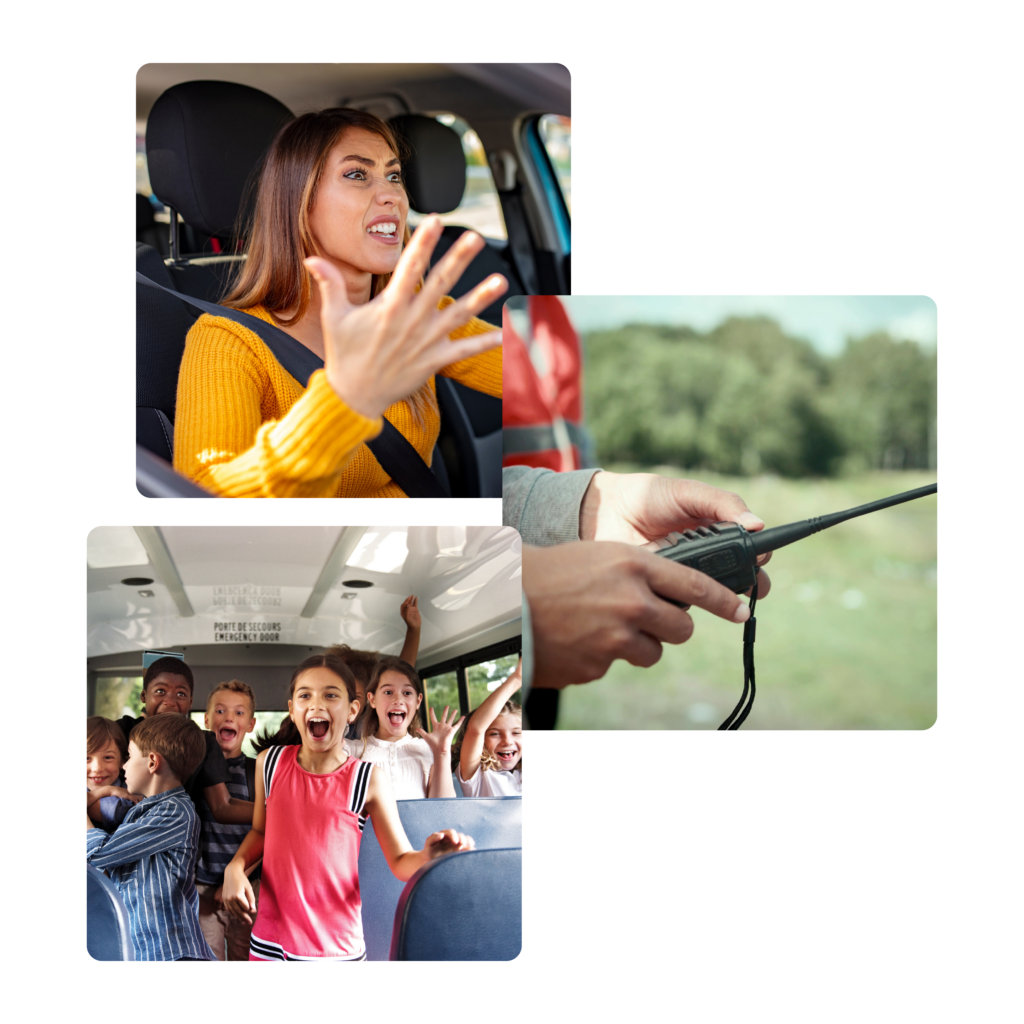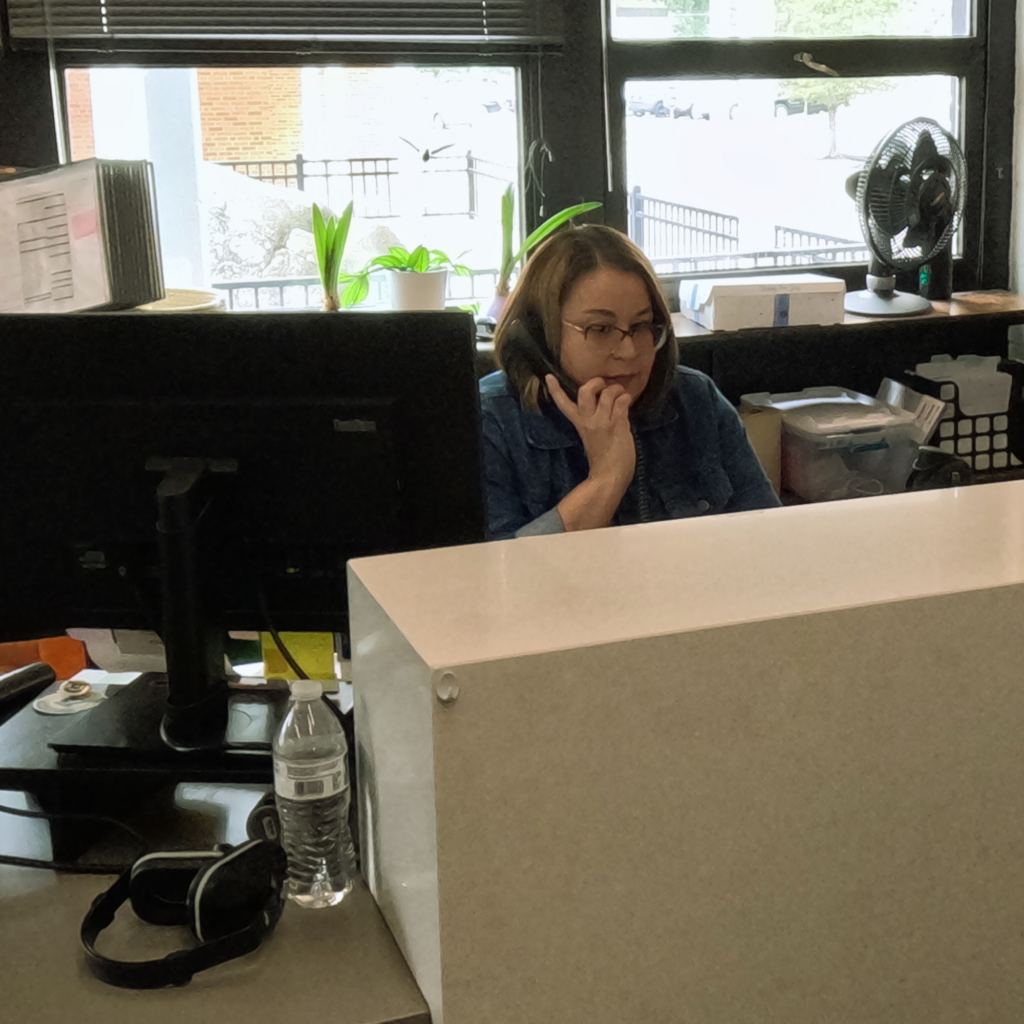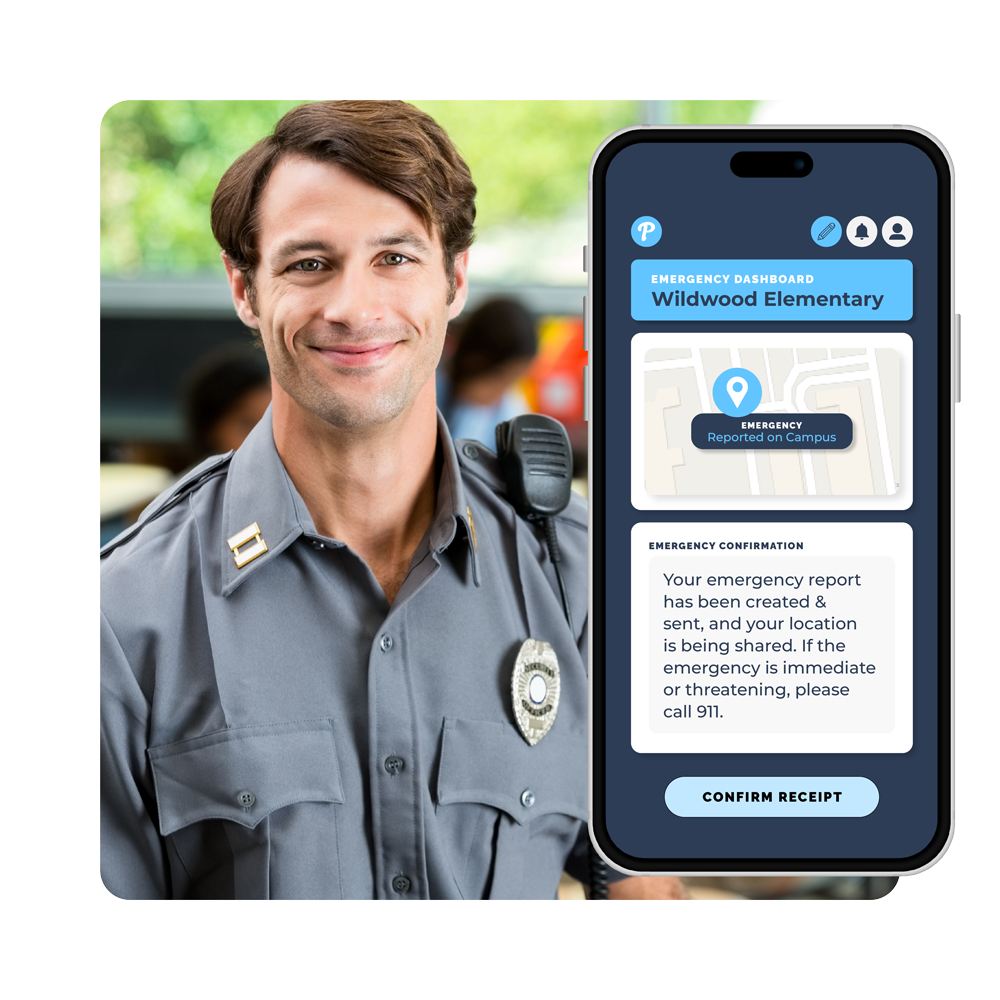Without a vaccine for COVID-19, herd immunity is virtually impossible. Thus, some pre-pandemic Daycare routines and practices could lead to an outbreak of the virus (or another virus).
Preliminary studies show that children seem to not be as susceptible to severe consequences from COVID-19. They can be asymptomatic carriers and infect people who are at a greater risk of complications.
Learn more about how COVID-19 Affects Children from the Mayo Clinic: COVID-19 (coronavirus) in babies and children
Daycares could also be a breeding ground for simultaneous cases of the virus. These could overwhelm our already exhausted healthcare systems.
Practical Advice for Keeping Daycare Centers Open Safely During a Pandemic:
- Increase hygiene
- Socially distant drop-off and dismissal
- Be aware of state, district, and national health policies
- Enhance social distancing
- Prepare for a second wave and future viruses
Increase hygiene at your daycare center
Around the world, hygiene (especially hand hygiene) has become more important now than ever before. But, there is more hygiene preventing COVID-19 than just handwashing. Childcare centers on a global scale have had to increase their janitorial practices and sanitize frequently touched items on a daily basis.
Hand washing

Teaching children to wash their hands regularly and how to do it effectively will slow the spread of any virus. Organizations like the CDC have lots of posters and information on washing hands properly that you can use for teaching. And, display in prominent areas to remind children and staff to sanitize their hands regularly.
Disinfect and clean your daycare regularly
Keeping hands clean is just one step in a practicable sanitization routine. Another important step is disinfecting and cleaning frequently touched surfaces and toys.
Along with disinfecting what you can, discourage sharing items that are hard to clean. Sharing is an important concept for children to learn, but when there’s a pandemic raging, it’s not as important. Keeping children safe and healthy is paramount.
Ventilation
Opening the windows in classrooms will increase ventilation and lower germ spread. While in Denmark, many teachers are holding their classes outside. Increasing airflow and slowing the spread of germs. Encourage children to play outside when the weather permits.
Teach children how to cover their coughs and sneezes

Research shows that COVID-19 and other viruses are spread through respiratory droplets, so it is imperative that everyone covers their mouth and nose when they cough or sneeze.
Socially distant drop off and dismissal at daycare
Practicing a physically distant dismissal is another step to slow the spread of germs.
In physically distant dismissal, parents are encouraged to stay in their cars in lines. Software is used to know which parents are where in the lines. Notifications are sent to the appropriate staff members who dismiss each child at the appropriate time.

This software is effective in childcare centers where the old process was to encourage parents to enter the premises and pick up their child from the classroom. This may no longer be safe for everyone. Using the system, parents can digitally alert your center that they’re outside to pick up their kids.
Limiting the number of people milling about in any one area. This is fast becoming the new norm and we are seeing a flood of daycare centers adopting this new protocol for daily dismissals.
Stagger drop off and dismissal
Staggering dismissal times and having multiple dismissal locations enhances other social distancing procedures. Digital dismissal settings can be used to adjust the staggered dismissal times by age and prevent parents from “announcing” pick up for children at the incorrect time.
Parent walk-up
Daycares in cities typically don’t have the space to facilitate a typical car line. That’s why we’ve made sure our app has modules and settings to account for alternative pick up methods.
PikMyKid can help with this by working with your staff to create ‘zones’ around your center where kids can be picked up from. That way, the pickup guardians and parents can be spread out around campus to encourage distancing. Staggering the pickup times at each zone can easily double the number of zones you have, further limiting the interactions in one area.
Be aware of state, district, and national health regulations for daycare centers
A few websites to keep an eye on for updates to health regulations are:
- Centers for Disease Control and Prevention (CDC)
- The World Health Organization (WHO)
- USA Education Departments
Along with being aware of health regulations, daycares have a responsibility to communicate with health officials about outbreaks of illness.
Emergency alert software enables seamless communication between you, health officials, and other necessary personnel. You can set it up to automatically alert your health officials at important points surrounding viral outbreaks. I.E. when there’s been a sudden rise in cases or symptoms on campus.
Conduct daily health checks at your daycare

Many daycare centers around the world are instituting regular health checks. At least when kids are arriving at the campus.
The point of health checks is to be aware of a sick child before they can infect too many other people.
Designated point of contact for COVID-19
Have a designated point of contact for staff and children who arrive with COVID-19 like symptoms. Along with a designated space for anyone with symptoms to stay until they can leave the premises. Thus limiting the spread of illness further.
Have systems in place for seamless communication between staff and families. Our program enables you to communicate with parents about social distancing guidelines.
Enhance social distancing at your daycare
Encourage your daycare staff who are at a greater risk of complications from COVID-19 or another virus, to stay home.
Or offer options that put them at a lower risk. Limiting their contact with others, working from home, modifying their responsibilities, etc…,
Make changes to leave policies and absenteeism that will encourage people to stay away from your facility when they’re sick to keep viruses from becoming pandemics.
Stay home

Along those lines, encourage all staff and children to stay home if they feel ill or have been ill recently.
Face covering for daycare staff
The CDC and other health officials recommend that the staff at Daycare centers wear masks to slow the spread of a virus. Masks can be used for children over the age of two but it is difficult for children to wear them for long periods of time.
Masks slow the spread of a pandemic because many viruses are spread through respiratory droplets. They prevent those droplets from passing from person to person.
Keep children and staff apart
Smaller ‘class’ sizes and keep groups of children together. And, they mean that fewer kids are interacting on a daily basis. Daycare staff members can also manage their “classes” easier.
Being prepared for a second wave and/or future pandemics to hit your daycare center
Preparing for a return to normal daycare operations means being aware of the possibility of a second wave of COVID-19 hitting. This virus is new and we don’t really know how it affects humans. Every day we are learning more. But we don’t know if a second wave will come.
Any conversations and plans about returning to your campus need to include a plan for the possibility of a second wave.
These decisions need to be made before a crisis hits again. Even if there is no ‘second wave’ with COVID-19 (which would be amazing.) There will be pandemics in the future. Daycares need to reopen (or stay open) with a plan for how they will handle the next one.



